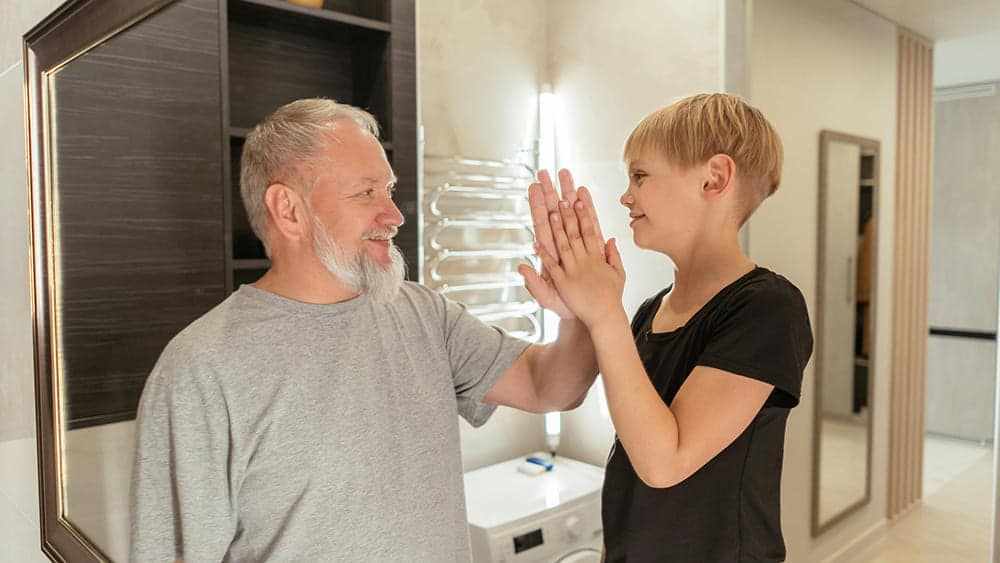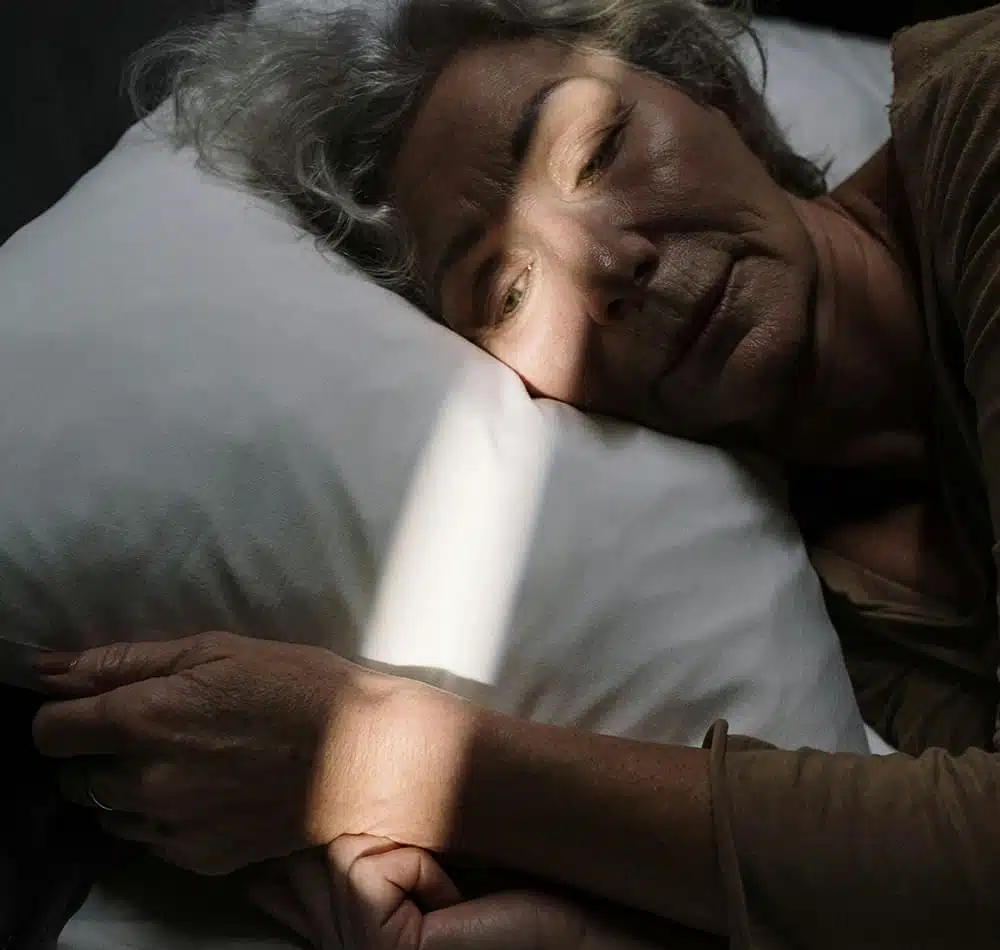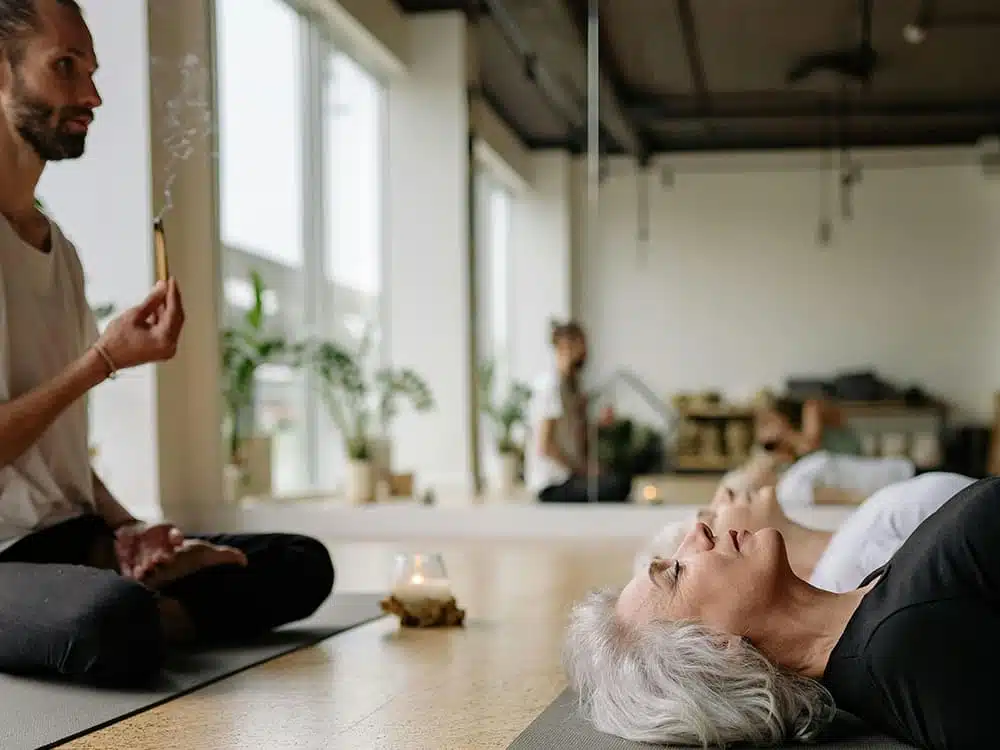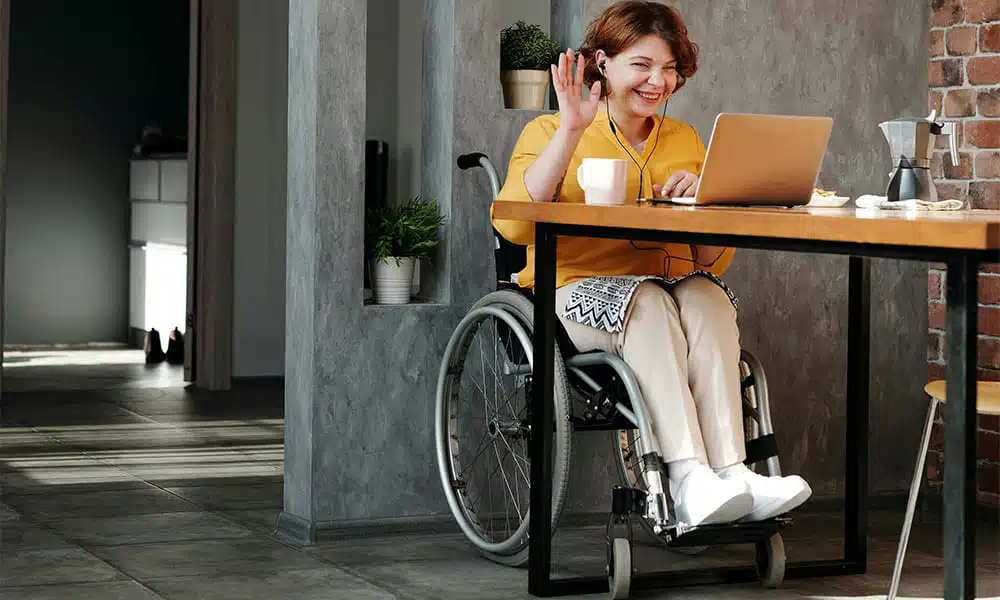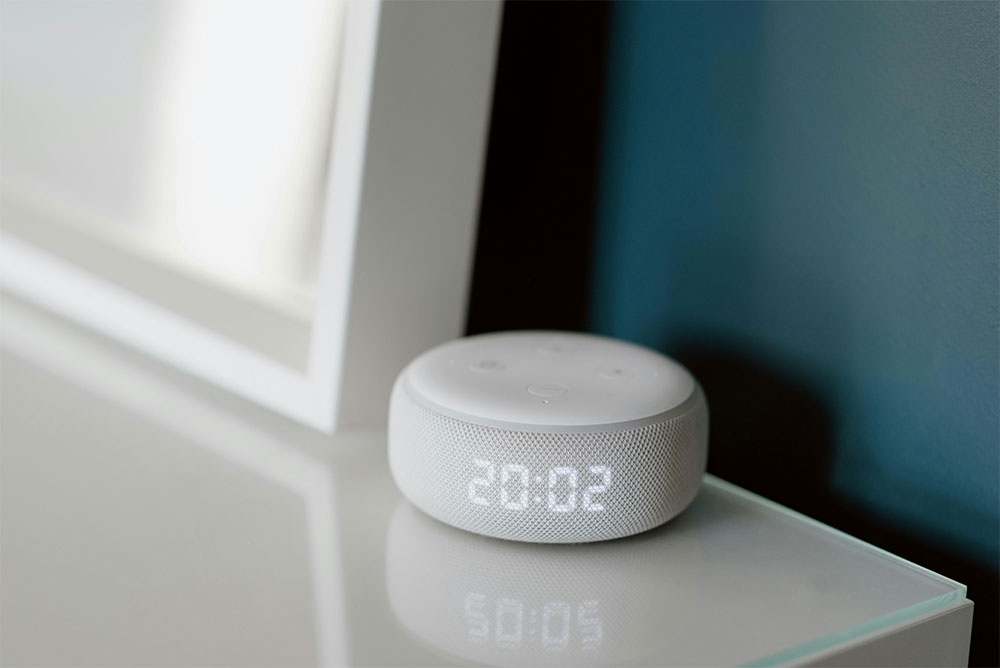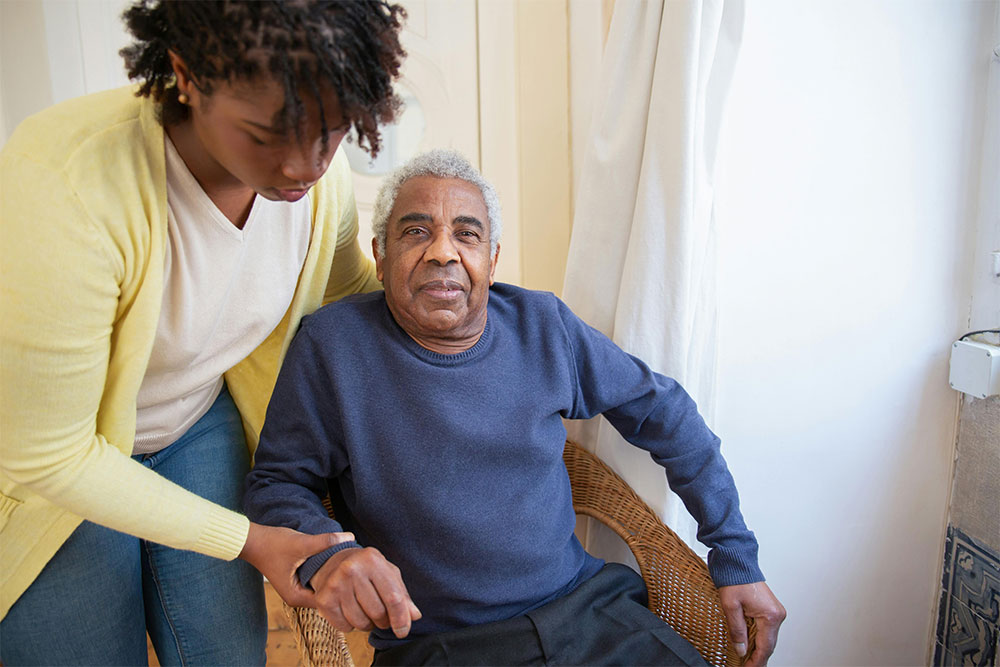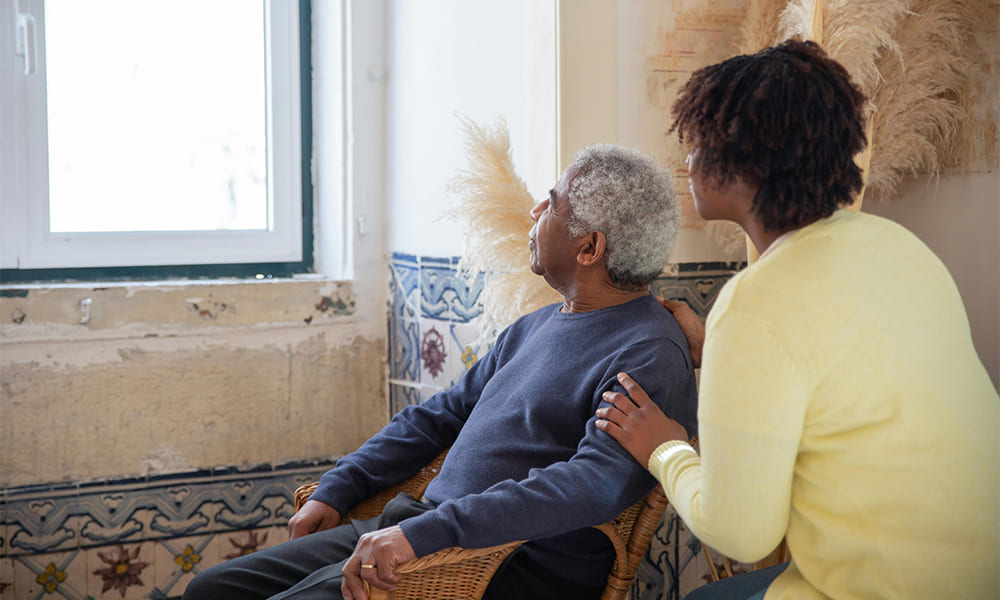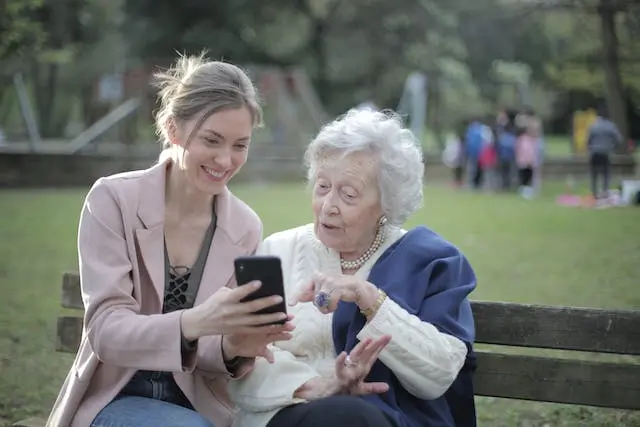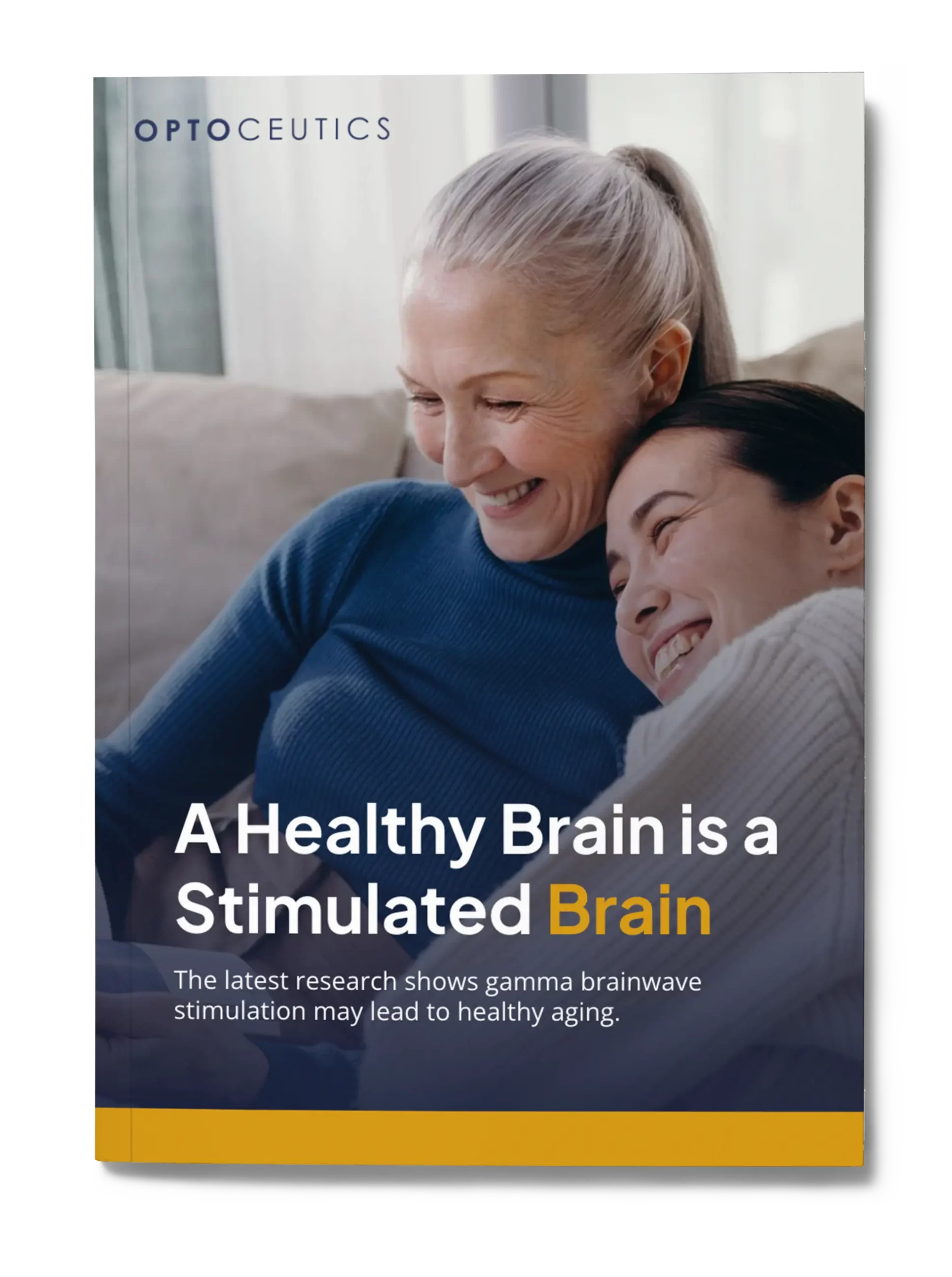
Christopher Ravn
Key Takeaways
1. Meditation light therapy infuses both light therapy and meditation and, thus, promotes cellular rejuvenation and charging cells.
2. Studies have shown that light increases the body’s serotonin production.
3. Red light therapy is one such enhancement to meditation, offering a synergistic approach to boosting health and wellness.
Table of Contents
1. What Is Meditation Light Therapy?
2. How Does Light Therapy Improve Meditation?
3. What Are the Benefits of Combining Red Light Therapy With Meditation?
4. How Can Light Therapy Meditation Aid in Stress Relief and Relaxation?
5. Can Light Therapy Be Used in Mindfulness Practice?
6. Can Meditation Light Therapy Improve Sleep Quality?
7. What Are the Techniques to Combine Meditation and Light Therapy?
8. How Do You Open the Third Eye With Meditation?
9. How Does Ajna Light Therapy Work?
10. How Much Do Light Therapy Services & Products Cost?
11. Frequently Asked Questions About Meditation Light Therapy
What Is Meditation Light Therapy?
Light therapy is the deliberate and controlled exposure to direct sunlight or artificial light, at controlled wavelengths, to treat a variety of medical disorders, including seasonal affective disorder (SAD), circadian rhythm sleep-wake disorders, cancers, and skin wound infections. Meditation light therapy infuses both light therapy and meditation and, thus, promotes cellular rejuvenation and charging cells. The different light colors target different issues. Of these, red light is the most popular.
The use of light as a therapeutic tool dates back thousands of years. Early civilizations that recognized the healing properties of sunlight and practiced various forms of heliotherapy (the use of sunlight to treat certain skin conditions) include Ancient Greece, Egypt, and Rome.
How Does Light Therapy Improve Meditation?
Let’s consider how exactly light therapy enhances meditation. Apart from providing a wonderful atmosphere, that is. First, consider the type of light used (bright, blue or red). Each emits specific wavelengths that can help regulate the body’s internal clock, promoting alertness and focus.
Studies have shown that light increases the body’s serotonin production. Levels of dopamine, serotonin, and GABA all rise in response to meditation, when it is performed properly. Serotonin is a neurotransmitter of what we perceive as happiness; it is the body’s “feel-good” hormone. Increasing levels of serotonin helps with the meditative effect and improves the overall experience.
Among the various studies conducted, Chao et al. (2019) found that participants who received red light therapy during meditation sessions reported higher levels of relaxation and reduced stress compared to those who meditated without light therapy.
What Are the Benefits of Combining Red Light Therapy With Meditation?
In this modern era, things change considerably faster, and meditation has also been enhanced by modern techniques. Red light therapy is one such enhancement to meditation, offering a synergistic approach to boosting health and wellness.
Red light therapy is known for its potential to improve skin health and promote wound healing in patients. Going deeper, red light therapy has been found to reduce inflammation and pain. Now combine these physical benefits with meditation, which soothes the soul and heals the spirit. The healing process is accelerated as the body and mind are at peace.
Meditation enhances the pain-relieving effects of red light therapy, providing a natural and non-invasive way to manage pain. Better sleep hygiene is promoted, and the effects on mental health, cognitive function, and overall well-being are profound.
One such study shows that meditation has had a positive impact on the immune system and aging. However, there still needs to be more research done, so the findings are inconclusive.
We Believe Prioritizing Brain Health Enhances Your Quality Of Life
Get to know our team, our mission and how our EVY LIGHT® can provide you and your loved ones with a fuller life, letting you breathe a little easier.
How Can Light Therapy Meditation Aid in Stress Relief and Relaxation?
Stress reduction techniques that incorporate red light therapy offer a unique and effective way to manage stress and promote relaxation. Red light therapy has a calming effect as it promotes relaxation and calms the nervous system. The gentle, soothing light can help quiet the mind and reduce feelings of anxiety and tension. This can be particularly beneficial for individuals who struggle with chronic stress or anxiety disorders.
To add on, red light therapy can help improve sleep quality by regulating circadian rhythms and promoting the production of melatonin, a hormone that regulates sleep. A good night’s sleep often cures many modern-day illnesses that afflict so many of us.
Though there have been some studies and research conducted on this, there has been positive feedback that combining light therapy and meditation may enhance neuroplasticity in the brain. This is seen in some medical technology that has been working to merge brain stimulation with safe protocols to ensure a positive outcome. So far, there have been improvements in cognitive function, and thus, incorporating light therapy into the equation might provide a moment of heightened neuroplasticity.
Can Light Therapy Be Used in Mindfulness Practice?
Mindfulness meditation is the meta-awareness of your own mind. No distractions, no anxiety, remaining in the present moment without judgment. The environment where one meditates is as important as the practice itself, and a red light of the right intensity and fill helps greatly in creating the mood.
Paying attention to the present moment without judgment, and red light therapy can complement this practice in several ways. This happens as the mindfulness experience is deepened by enhancing the physiological and psychological effects of mindfulness practices.
Red light therapy promotes relaxation and reduces stress, which are key components of mindfulness. The gentle, soothing light can help calm the nervous system and quiet the mind, making it easier to focus on the present moment. This can deepen the mindfulness experience by enhancing feelings of tranquility and presence.
Furthermore, red light therapy can improve focus and concentration, which are important aspects of mindfulness practice. The therapy has been shown to enhance cognitive function and improve mental clarity, making it easier to maintain focus during meditation and other mindfulness activities. By integrating red light therapy lamps into mindfulness practice, individuals can deepen their experience and potentially enhance the benefits of both practices.
Can Meditation Light Therapy Improve Sleep Quality?
Light therapy is wonderful for those with insomnia among us. Even those experiencing jet lag and sleep patterns disrupted by, for instance, unstable working hours. It’s even useful for addressing delayed sleep phase disorder (DSPD), a circadian rhythm sleep disorder characterized by a delayed sleep-wake cycle.
Insomnia, as the most prevalent of these sleep disorders, has received the most attention in light therapy research. Studies have demonstrated that exposure to bright light in the morning can help regulate the sleep-wake cycle and improve sleep onset latency and overall sleep quality in individuals with insomnia.
As for those dealing with DSPD, light therapy has been shown to improve sleep patterns. The light helps to adjust the circadian clock, whether by advancing or retarding it, thereby helping to align sleep schedules with desired waking times.
There’s quite a bit of scientific evidence supporting the effectiveness of light therapy in improving sleep quality. A study showed significantly improved sleep efficiency and reduced sleep onset latency in various populations, including those with insomnia, SAD, and jet lag.
What Are the Techniques to Combine Meditation and Light Therapy?
- Start your session with a few minutes of meditation to quiet the mind and prepare for the light therapy. Sit or lie down in a comfortable position, close your eyes, and focus on your breath. Allow yourself to relax and let go of any tension or stress.
- Once you feel relaxed and centered, introduce light therapy. Turn on the device providing the red light and position it so that the light is directed towards you. Keep the light at a comfortable distance, and avoid looking directly at it.
- Focus your attention on the red light as you meditate. Take in the warmth and glow of the light and allow it to envelop you. Absorb the healing energy of the light and let it penetrate deep into your body and mind.
- First, you need a space that is free from distractions and noise. It could be a room, part of a room, or a small area, but make sure it’s clear of clutter. Too many disorganized things will disturb the harmony of that space.
- Use soft, dim lighting to create a calming atmosphere. Candles and lamps work beautifully and of course, you will have your red light device handy.
- Begin by assessing the specific needs and goals of the individual. Consider factors such as stress levels, sleep patterns, mood, and overall health.
- The intensity, duration, and timing of light therapy sessions should be adjusted based on individual preferences and sensitivities. Some people may prefer shorter sessions with lower or higher intensity. Others may benefit from longer sessions with more intense lighting, or longer sessions with soft lighting.
Pineal Gland Activation and Third Eye Meditation
The pineal gland, often referred to as the “third eye,” is a small, pea-shaped gland located in the brain that plays a crucial role in regulating sleep-wake cycles and producing melatonin, a hormone that regulates sleep patterns.
In meditation, practitioners often focus their attention on the area of the pineal gland, located in the center of the brain, to stimulate its activity. This can be done through visualization techniques, such as imagining a bright light or pulsating energy at the location of the gland. By focusing their awareness on this area, meditators believe they can activate the pineal gland and enhance their meditation experience.

How Do You Open the Third Eye With Meditation?
To begin, you should be comfortable in your chosen environment. Close your eyes gently and begin to focus your attention on the area between your eyebrows, where the third eye is believed to be located.
- Take slow, deep breaths, inhaling through your nose and exhaling through your mouth. Allow your breath to become slow and steady.
- Begin to visualize a bright, indigo-colored light at the location of your third eye. Imagine this light expanding with each inhale and radiating outward with each exhale.
- Keep your attention focused on the sensation of the light in your third eye. If your mind starts to wander, gently bring it back to the visualization.
- As you continue to meditate, observe any thoughts, feelings, or sensations that arise without judgment. Simply acknowledge them and let them pass.
When you’re ready to end your meditation, take a few deep breaths and slowly open your eyes. Take a moment to reflect on your experience and any insights you may have gained.
Third Eye Meditation is a spiritual and metaphysical journey. The benefits are not measured in quantifiable metrics, although certain immediate real-world benefits can be realized The benefits lie in the realm of self-improvement and spirituality.
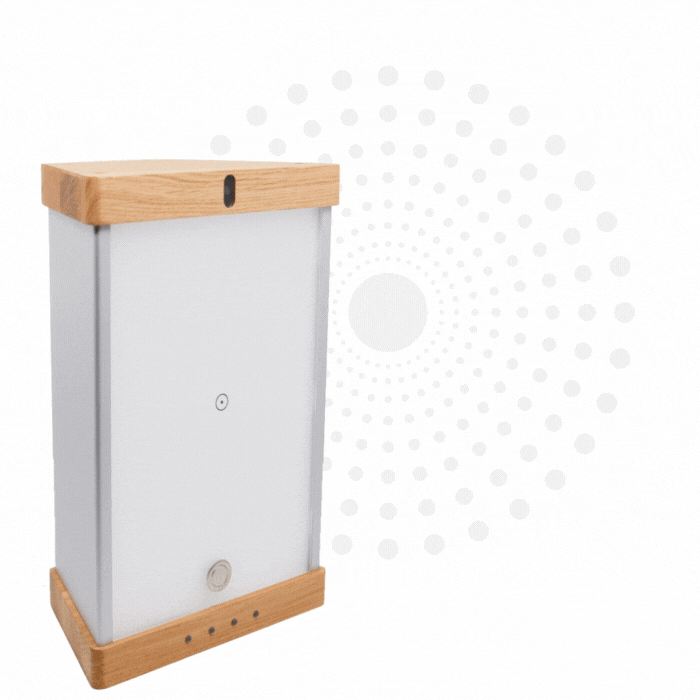
Enhance your brain performance through the power of light.
Comfortable and easy to use 40Hz light therapy to support and improve your brain function.
View Our LightHow Does Ajna Light Therapy Work?
Ajna Light Therapy is a unique form of therapy that utilizes a light therapy device to stimulate the pineal gland, also known as the third eye, in order to induce deep states of meditation and relaxation. The therapy involves using a specialized light machine that emits different patterns and colors of light, which are designed to synchronize with the brain’s natural frequencies and promote a state of deep relaxation and meditation.
The Ajna Light Therapy device consists of a lamp with multiple LEDs that are programmed to flicker at specific frequencies. These flickering lights create a visual stimulation that activates the pineal gland and induces a state of deep meditation.
Light Therapy for Meditation: Products and Services
- Light therapy lamps: They emit light that mimics natural sunlight and may be used to treat seasonal affective disorder (SAD). They are also known as led therapy lamp.
- Color therapy lights: They emit lights in different colors and can be used for meditation.
- Portable meditation lights: Due to their portability, you can use them for meditation, and they have adjustable settings.
How Much Do Light Therapy Services & Products Cost?
The cost of light therapy services and products may vary. It depends on factors such as quality, features, and manufacturer. Hence, some products can range from a few hundred dollars right up to a few thousand. As for where you can obtain such products and services, it depends on where you are located. Most times, you can gather this information from online programs that require a subscription fee or from retreats and workshops.
Learn What Others Have Experienced with EVY Light
See how others have achieved a sharper mind by activating their gamma brainwaves in combination with maintaining a healthy lifestyle.
Frequently Asked Questions About Meditation Light Therapy
What Is Meditation Light Therapy?
Can Meditation Light Therapy Improve Sleep Quality?
Light therapy is wonderful for those insomniacs among us. Even those experiencing jet lag and sleep patterns disrupted by, for instance, unstable working hours. It’s even useful for addressing delayed sleep phase disorder (DSPD), a circadian rhythm sleep disorder characterized by a delayed sleep-wake cycle.










